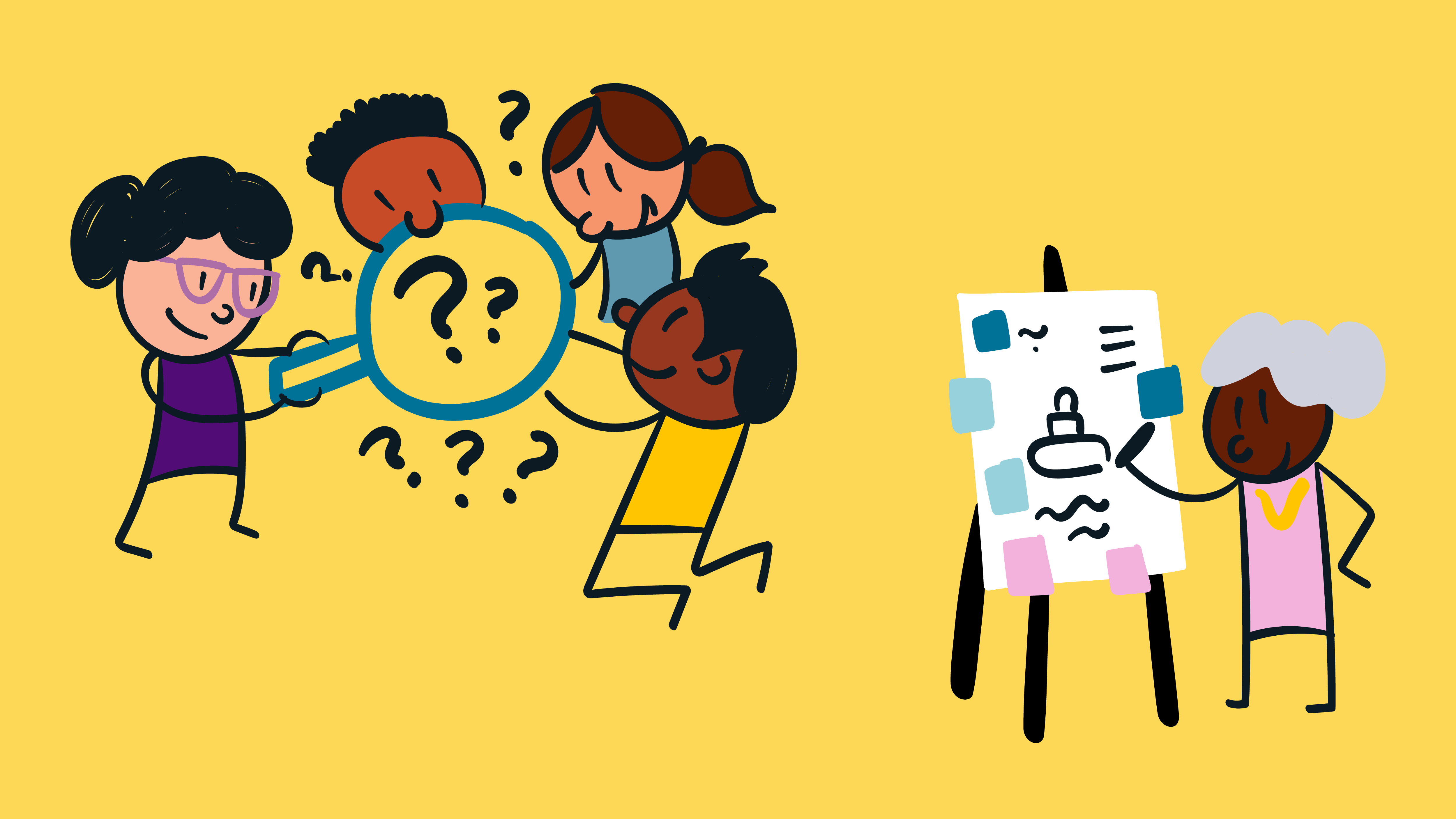This blog post is a summary of our webinar Engage Your Learners: Using Visuals to Enhance Learning and Education. We invite you to view the recording for expanded content, including hands-on drawing practice and applications for using visuals in the classroom.
Think you can’t draw? Think again. With simple tricks of the trade and the visual alphabet, you can learn to create visuals that will enhance student engagement, increase understanding, and improve retention.
Most people profess to be bad at drawing.
“I only draw stick figures,” say some. “I’m afraid to draw in public,” confess others.
But you can learn to draw—art school not required.
Believe You Can Draw
At XPLANE, we view drawing as a discipline much like reading, writing, and arithmetic.
As with any discipline, practice makes you better.
But first you may need to adjust your thinking. Believing you can draw is the first step toward learning how to draw.
Because so many adults are uncomfortable with drawing, at XPLANE we use a number of drawing activities and visual ice breakers to help people relax and gain confidence.
If You Can Write, You Can Draw
Here’s another way to think about drawing.
When we teach young children the alphabet, we’re teaching them letters and showing them how to put these symbols, or glyphs, together. This allows them to create muscle memory between the thing they’re thinking and their hands, eyes, and brain.
Children’s book author and illustrator Mo Willems once said, “Cartoons are merely a bunch of shapes put together in the right order, just like your name is a bunch of letters put together in the right order. And letters are just a bunch of shapes.”
That’s a way of saying if you can write your name, you know how to put shapes in order. And if you can put shapes in order, you know how to draw.
Drawing Accelerates Learning
“Why should I care about drawing?” you may wonder. Well, if you look at human history, we’ve been using words and alphabets for about 3,700 years. But we’ve been communicating visually for 30,000 years.
Our early communication looks like drawings. Those pictures were a way for us to communicate and connect long before any written language existed.
In fact, our brains are hardwired to read visual information.
Approximately 75% of our brain’s sensory neurons are dedicated to visual processing. And of all the information our brains process—surprise!—pictures are retained at far higher rates than words. This is called the Picture Superiority Effect.
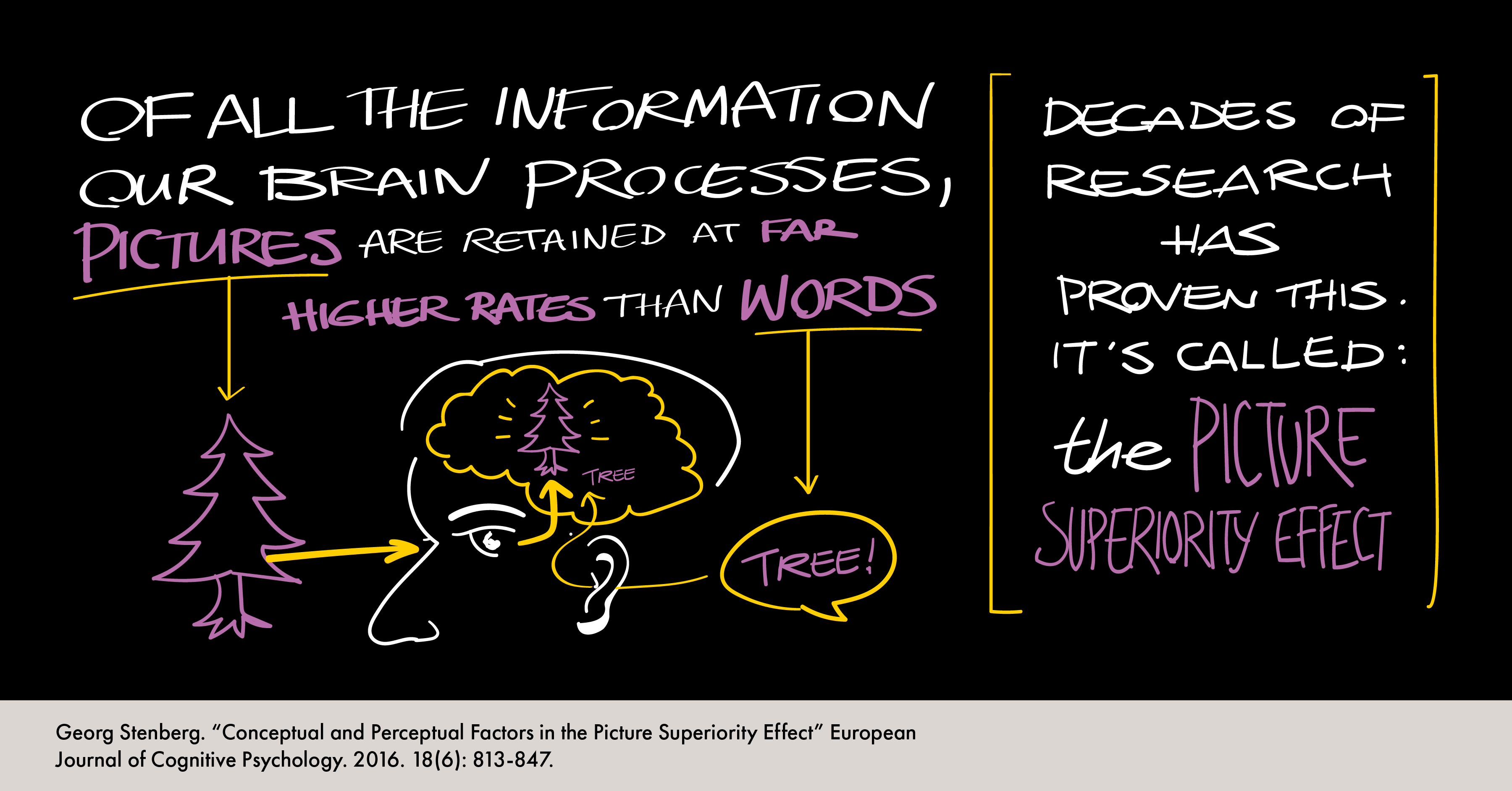
Additional studies show when we read text alone, we remember about 10% of the information three days later. But when we add relevant images to the text, we’re likely to remember 65% of the information three days later. This is called the Dual Coding Theory.
What can we take away from this? Drawings help us communicate more effectively, engage learners, and enhance retention.
The Visual Alphabet
As with learning any new skill, it’s best to start with the basics—in this instance, it’s the alphabet. “Discovered” by XPLANE founder, Dave Gray, the visual alphabet is a collection of 12 simple shapes, or “glyphs,” that you can combine to create just about any object, action, or interaction imaginable.
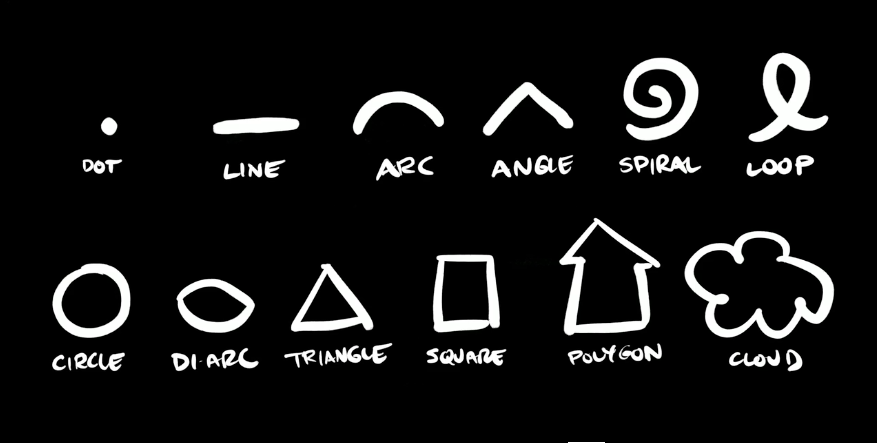
These basic shapes can jump-start the drawing process, as shown below.
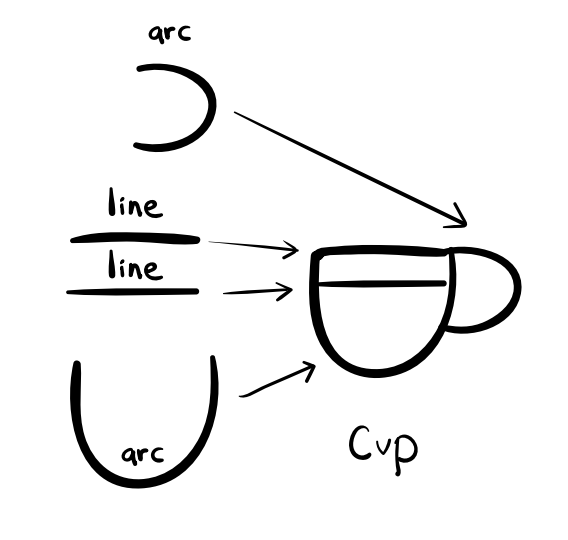
As you practice using the visual alphabet, you begin to develop the ability to draw certain iconic images quickly.
Over time, you’ll even start to build your own library of frequently used icons.
Visuals in Action: A Syllabus Makeover
Using your developing drawing skills, you can use visuals to make classroom materials more interesting and easier to understand.
In the example below, we’ve transformed a written syllabus (Exhibit A) using a variety of visual elements—a pie chart, banners, a variety of font styles and sizes—to make key information stand out (Exhibit B).
The pie chart in the “visual syllabus,” for example, shows students immediately that tests are a big percentage of their final grade. And the chart at the bottom of the syllabus makes it easy to see what material will be covered each week.
We’ve created a Visual Syllabus Worksheet to illustrate ways in which you can express grading percentages and timelines on your own course syllabus for maximum impact.
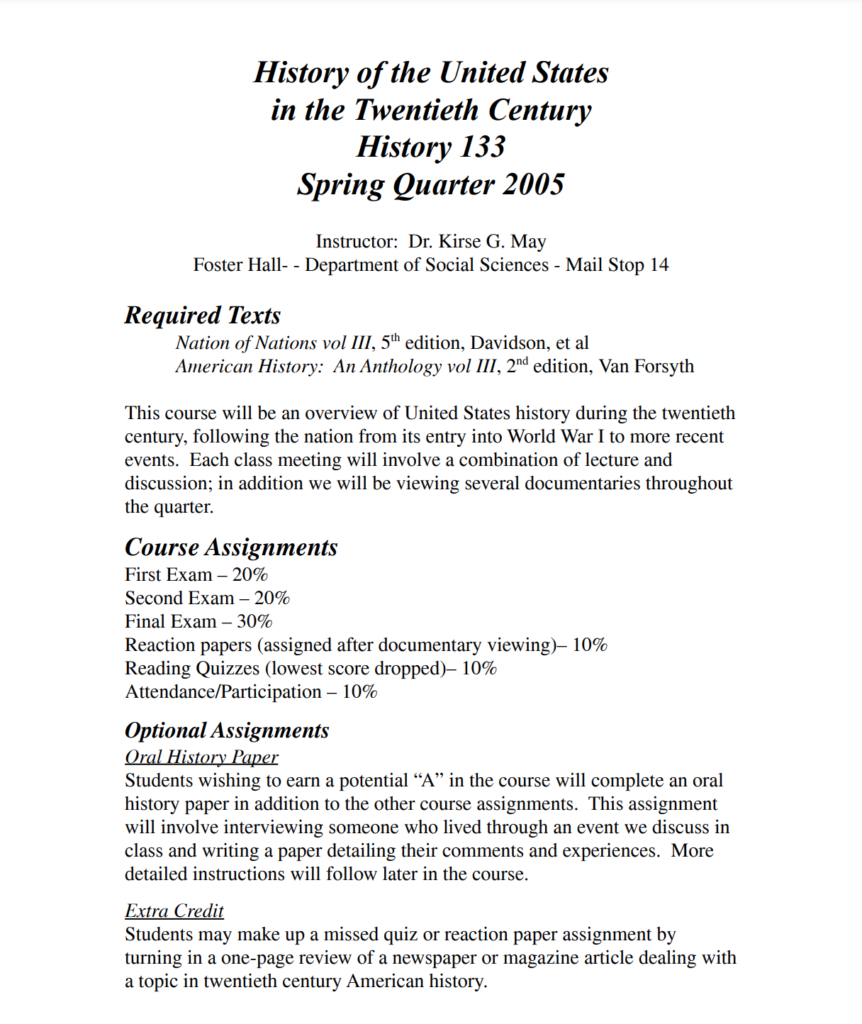
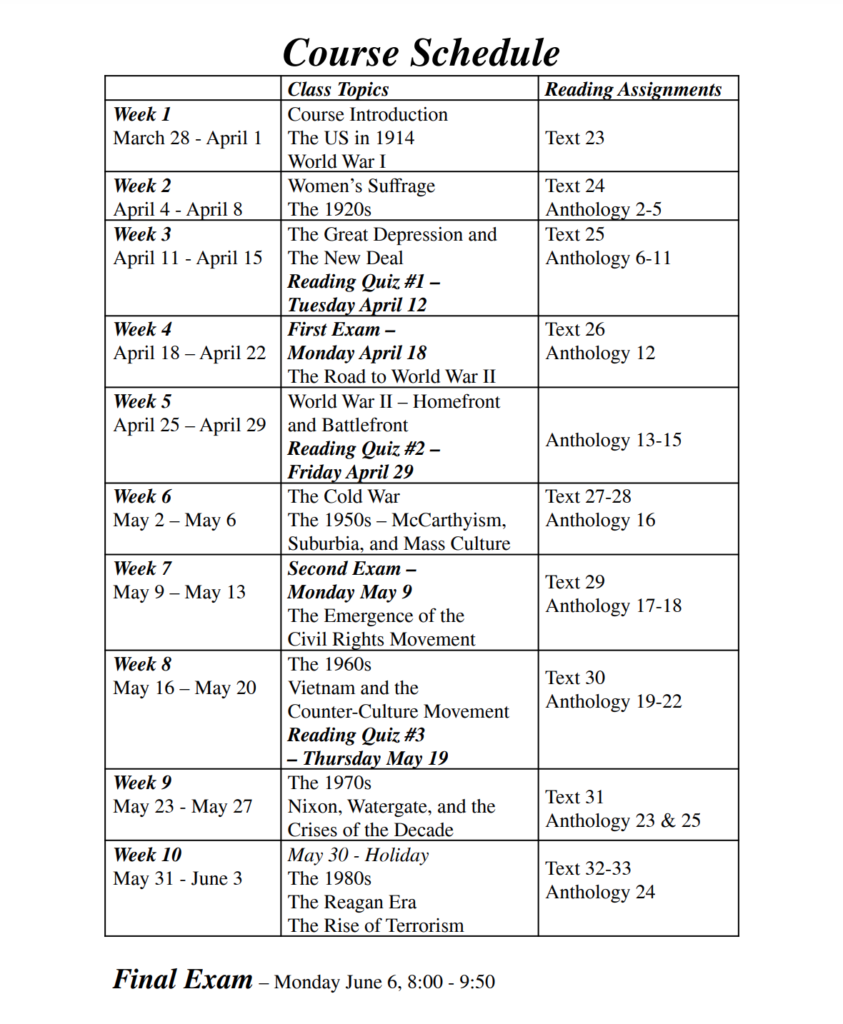
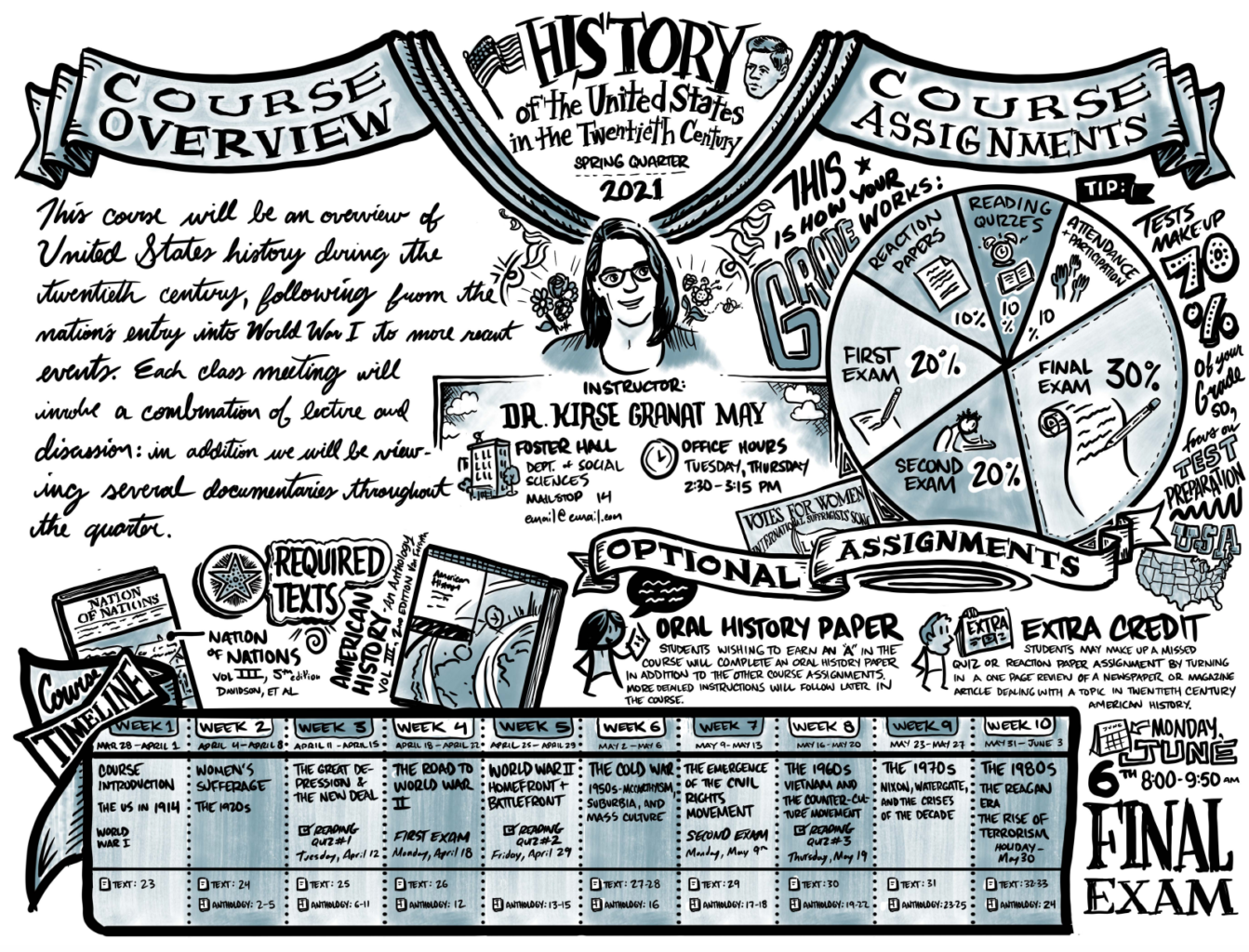
Visual Notetaking: A Primer
Using visuals on notes and handouts is another fun way for teachers and students to engage with and learn material.
As the name suggests, visual notetaking (aka sketchnoting) involves adding visuals to written notes. The practice activates parts of the brain that would otherwise be idle during note-taking and increases concentration, understanding, and retention.1
Visual Notetaking Tips
To make the most of your visual notes, you might want to try out these simple tips:
- Label everything. Use block letters. Labels help you better remember your drawings.
- Make important text stand out. Double lines, banners, cursive lettering, or a cloud shape around text help important information stand out.
- Listen for lists. Lists help you better organize and make sense of information.
- Use drawing hacks. As you become a little more skilled with drawing, you can improve the overall look of your notes by adding directional lines, textures, shadows, and more.
A Fun Way to Learn
With a little confidence, a little practice, and some simple shapes, you can start to make great things using your drawing skills—and wildly enhance teaching materials you have on hand and develop over time.
These enhanced teaching materials will amp up student engagement, improve retention, build clarity, encourage collaboration, and make learning fun!
Want to Dig Deeper?
We invite you to join us for some upcoming events:
- October 21. Redesign your next 1:1 with visual notetaking pro Mike Rohde.
- November 8 to 18. Learn how to use visual tools and techniques to solve complex problems and connect information.
We also invite you to check out some related blog posts:
